The dialogue between el-Aragouz (puppet) and el-Omda (mayor) in the Egyptian puppet operetta, el-Leila el-Kebira (The Grand Night), written by Salah Jahin and composed by Sayed Mekawy, describes the celebration of the moulid in Egypt perfectly, via various puppets made by the artist Nagy Shaker, who graduated of the faculty of fine arts and made his diploma project about puppets.
Aragouz was the main lead of puppet theaters in Egypt. There is no puppet theater without him, thanks to his ability to address daily life issues faced by common people in comic and cynical ways. This makes his audience laugh at their concerns. Furthermore, it conveys a lot of information through this sarcasm, which made it one of the most important means of transmitting knowledge through the ages. It was also an important means of provoking the national and political sense in the Egyptian street, and it played sometimes the role of publicity and publishing.
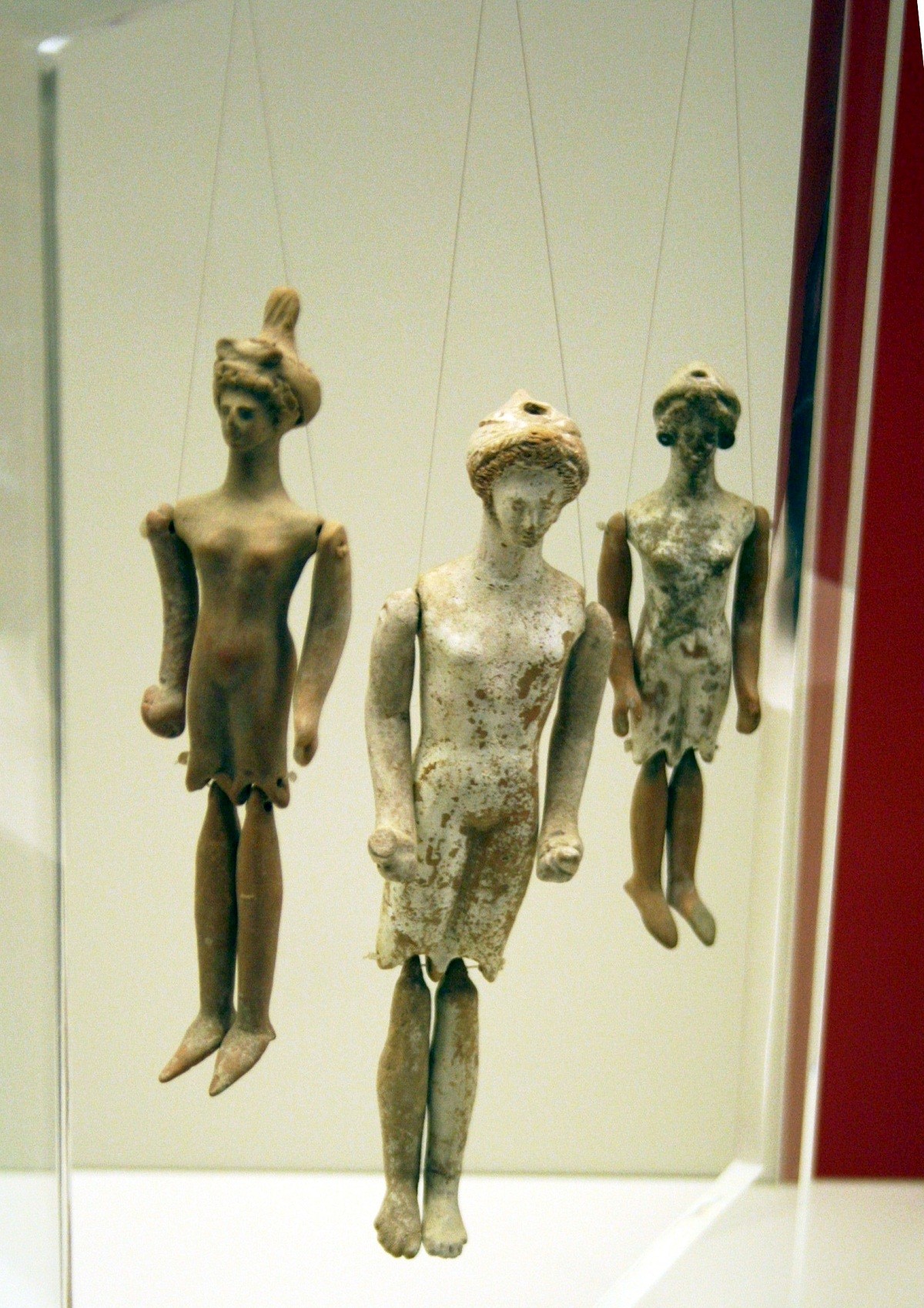
The aragouz appeared in the ancient pharaonic era, and was called "Ergos", which means literally “to make certain words”, and which the word “Aragouz” was derived. The word “Aragouz” dates back to the Ottman era and it named at that time “Qrakouz”, or “Ara Ouz’, which means “black eyes”, in reflection to looking to life through a black telescope. That cynical art had flourished in late Mamluk era, before Egypt’s invasion by the Ottomans.
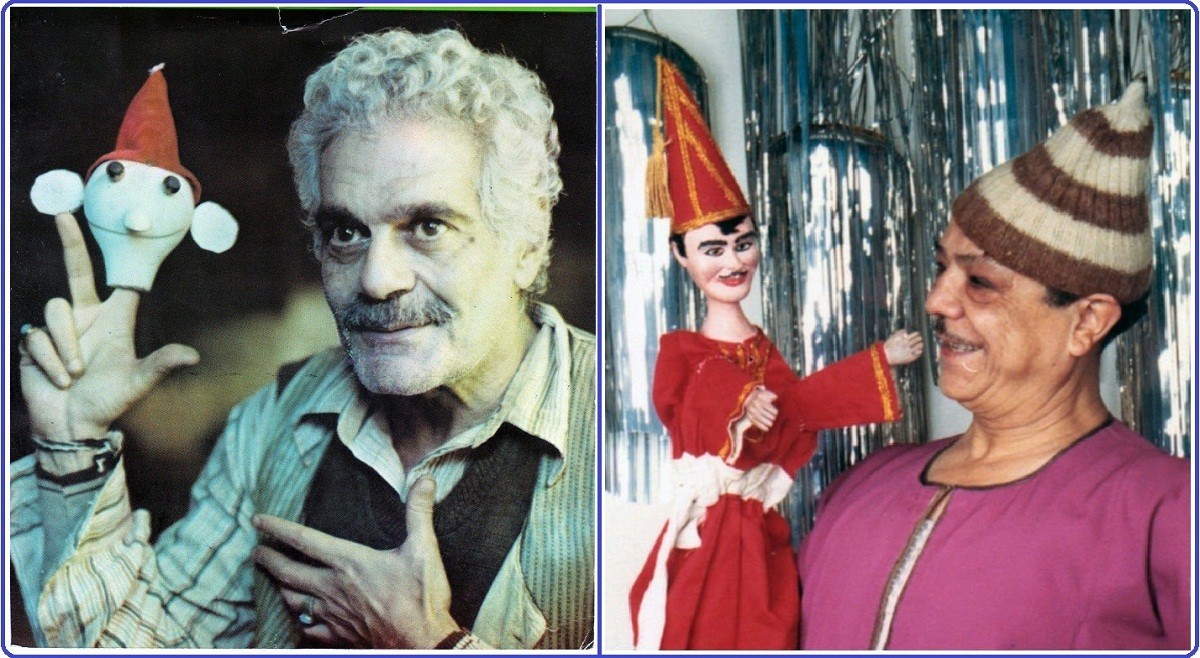
In the modern era, the aragouz was behind the emergence of the popular puppet theater, which was established in 1960 by the Egyptian monologue artist Mahmoud Shukoku, who was nicknamed the "Arab Charlie Chaplin". Shukoku used to wear his "Jilbab" and his famous "Tartur" (pointed hat) during his aragouz shows. In late 1940s, he focused completely on making wooden puppets used in those shows, including The Indigenous Sinbad Show, and Count de Mont Shoukou, until the Puppet Theater was inaugurated.
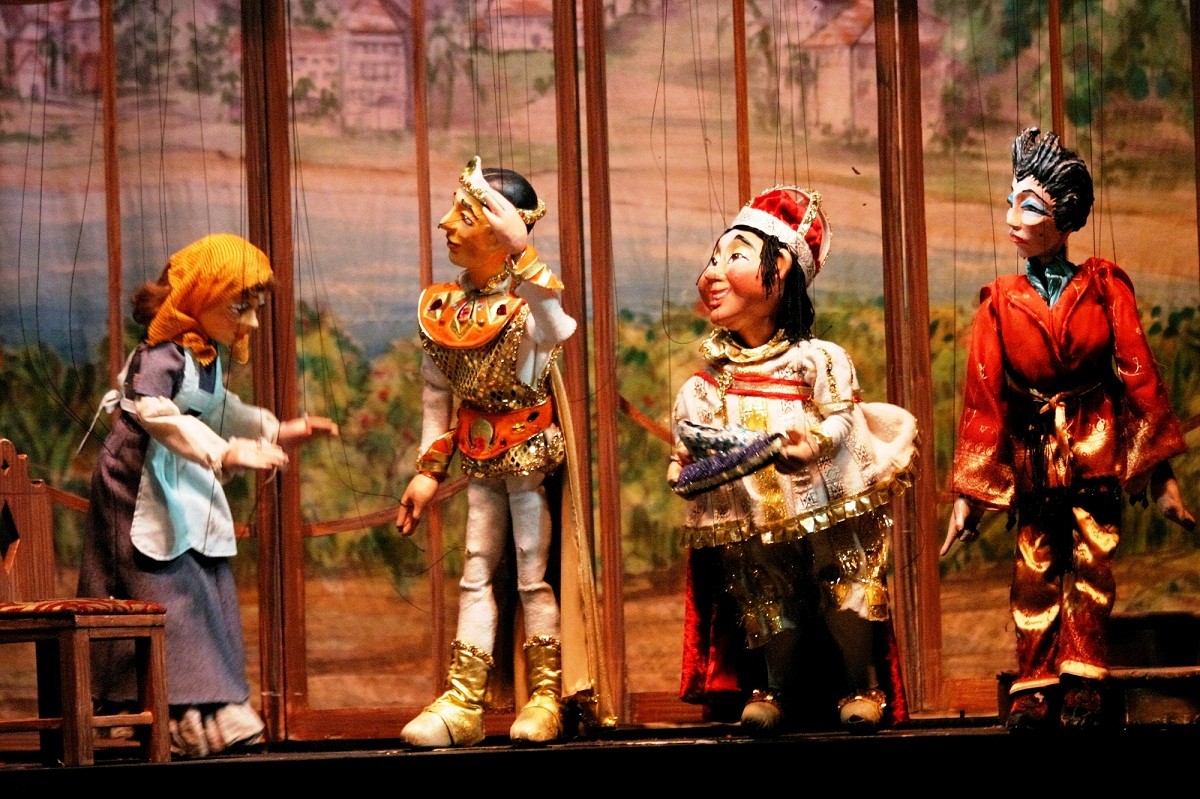
Today, Mustafa Othman, aka Saber el-Masry, is one of the most famous aragouz puppeteers in Egypt. He was one of Shukoku's disciples, and he currently works with "Wamda" troupe that has preserved the aragouz art by training young people in Egypt and abroad on how to perform with this puppet.
The puppet was traditionally made out of light wood and cloth. Its hands and head, which bears harsh sarcastic features, are made of wood, with a red dress embroidered in yellow, and a tartur made of cloth with the same color. The puppeteer controls the aragouz's head with his index finger, and moves its hands with his middle finger and thumb. In modern times, aragouz puppet has not evolved. However, it is now made of plastic instead of wood.
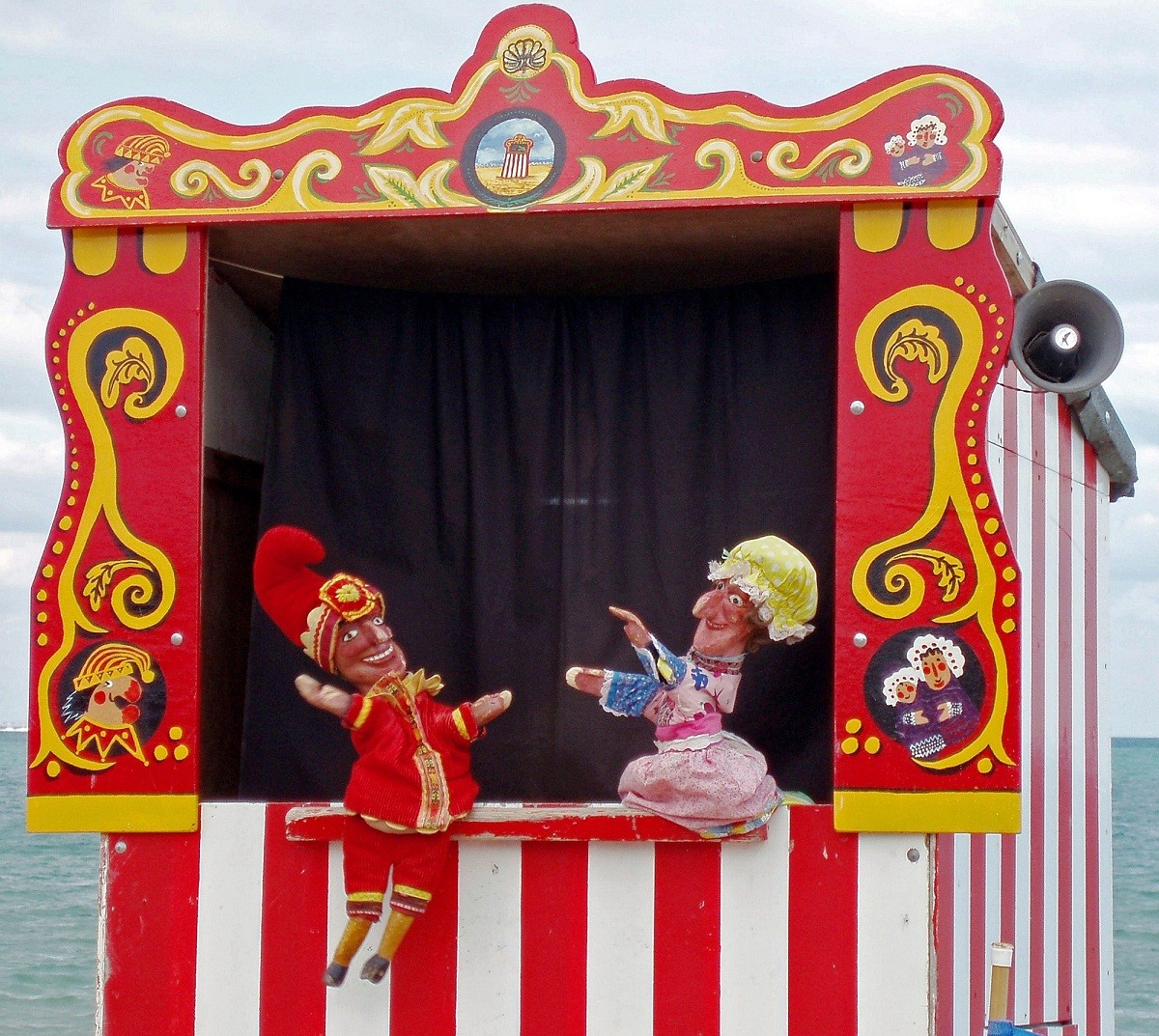
Regarding the aragouz's distinctive voice, puppeteer used to put a piece of "copper" in his mouth. But because of getting rusty and causing health problems, copper was replaced with a piece of "stainless steel", called by professionals "Honesty", presenting the "Voice of Truth", and echoing the political and social situation in the country. "Honesty" is placed on the puppeteer's tongue, just in the middle of his throat, to make an impressive voice.
The aragouz hides behind a wooden panel called "The Theater"; a vehicle of paralleled rectangles, with a picture of the aragouz and some of the characters of the show, and a black curtain hanging at the front of the vehicle.
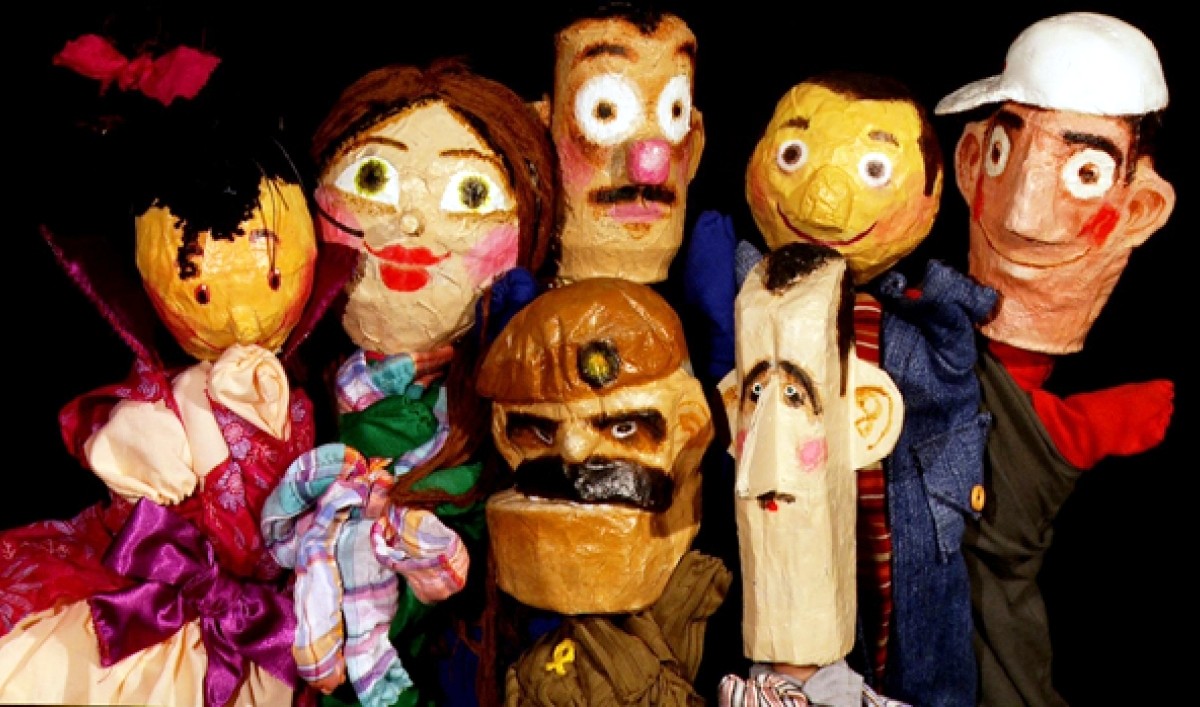
Among the most famous characters that played an influential role with the aragouz, al-Fetwa (bully), el-Khawaja (foreigner), Moshe Dayan, el-Shawish (sergeant), Othman, his wife Nafusa, and his black wife Bakheeta. The aragouz puppeteer manages to change his voice to play all the characters in the show. The long stick, the flute, and the blanket are of the key accessories used in the show.



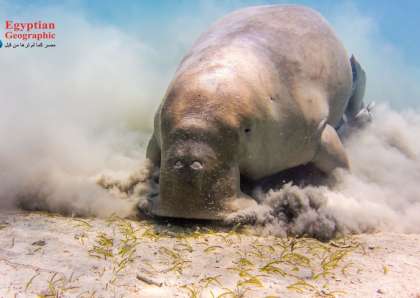
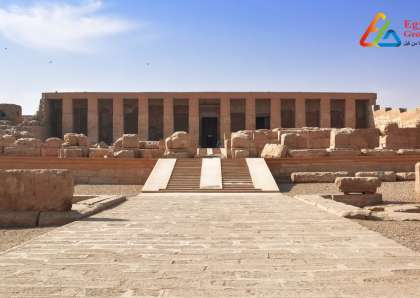
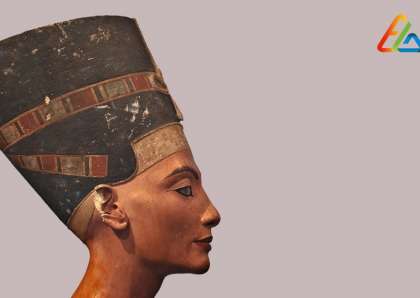
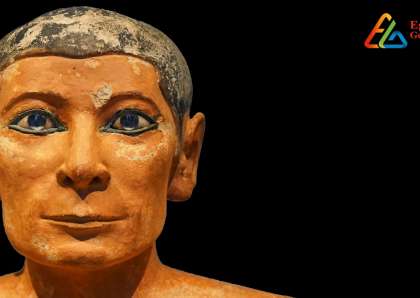
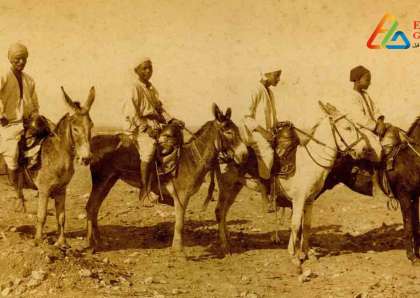
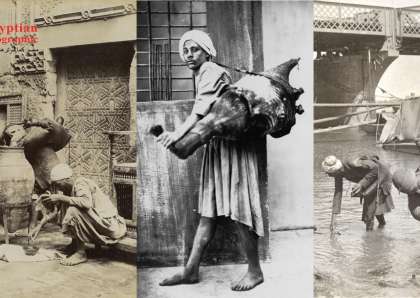
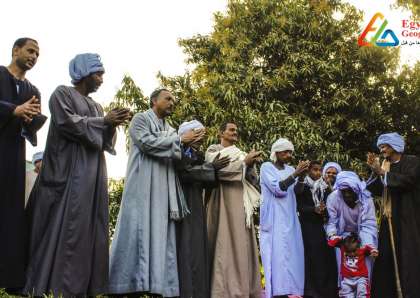
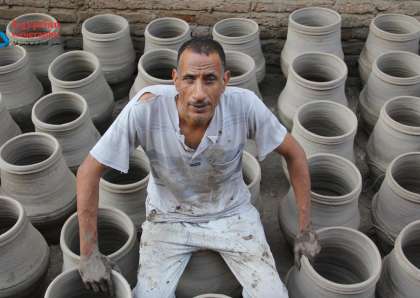


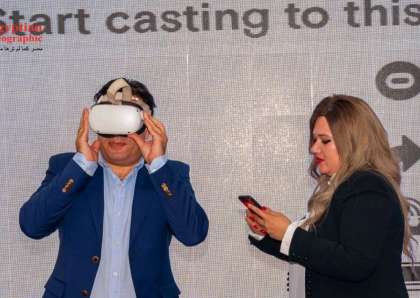



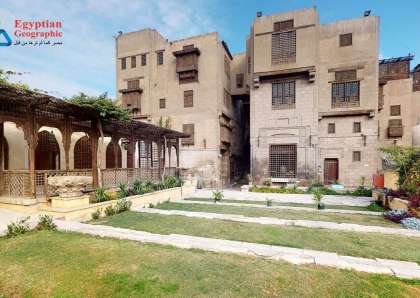
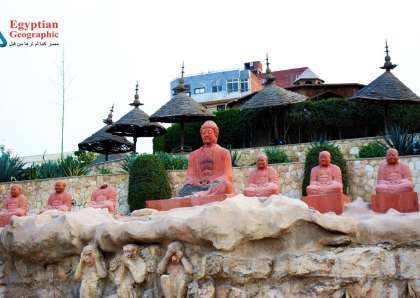
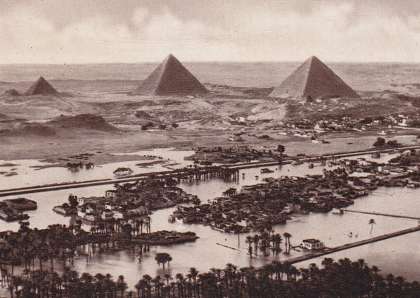
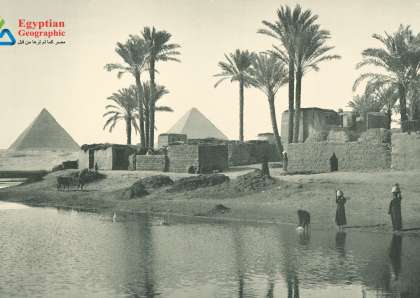

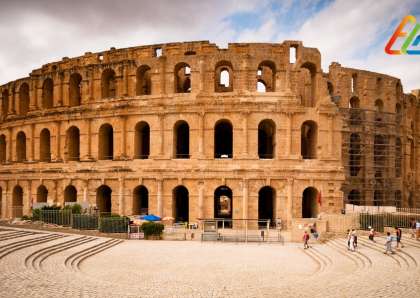
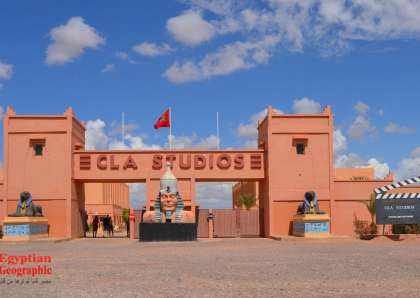
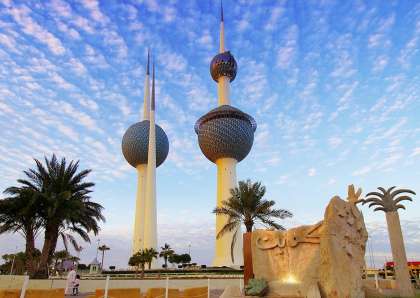
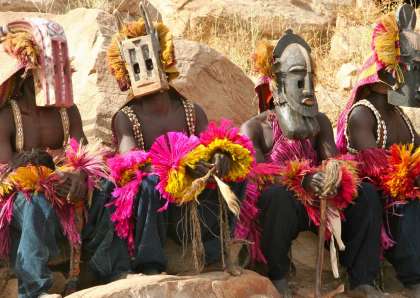





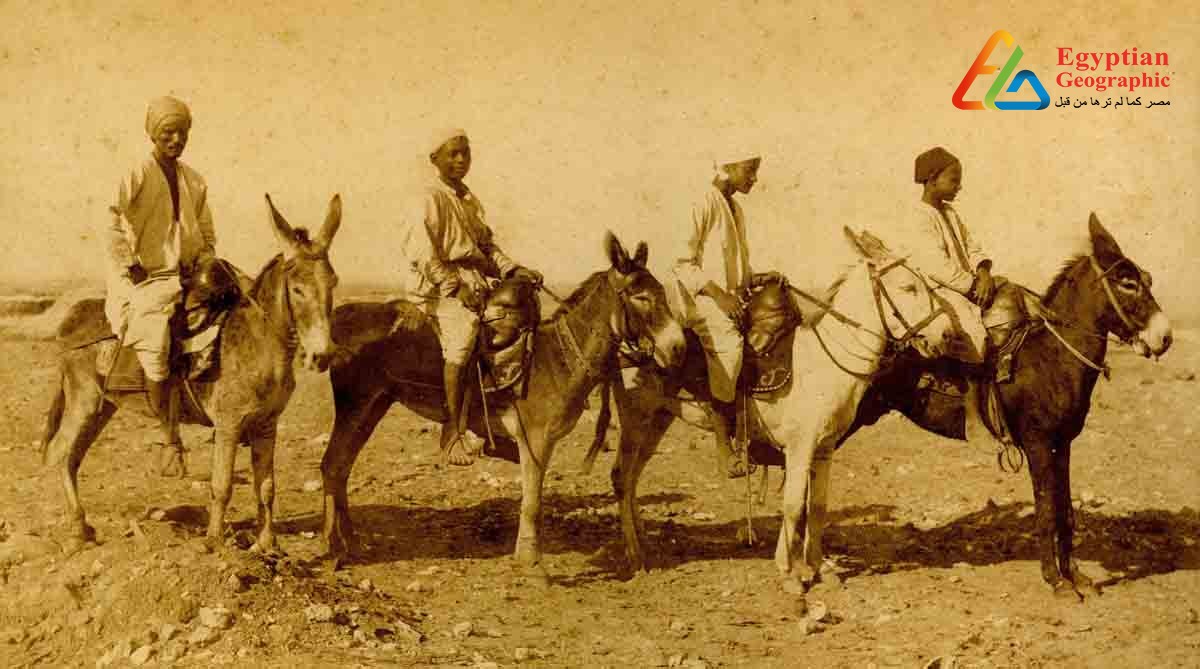
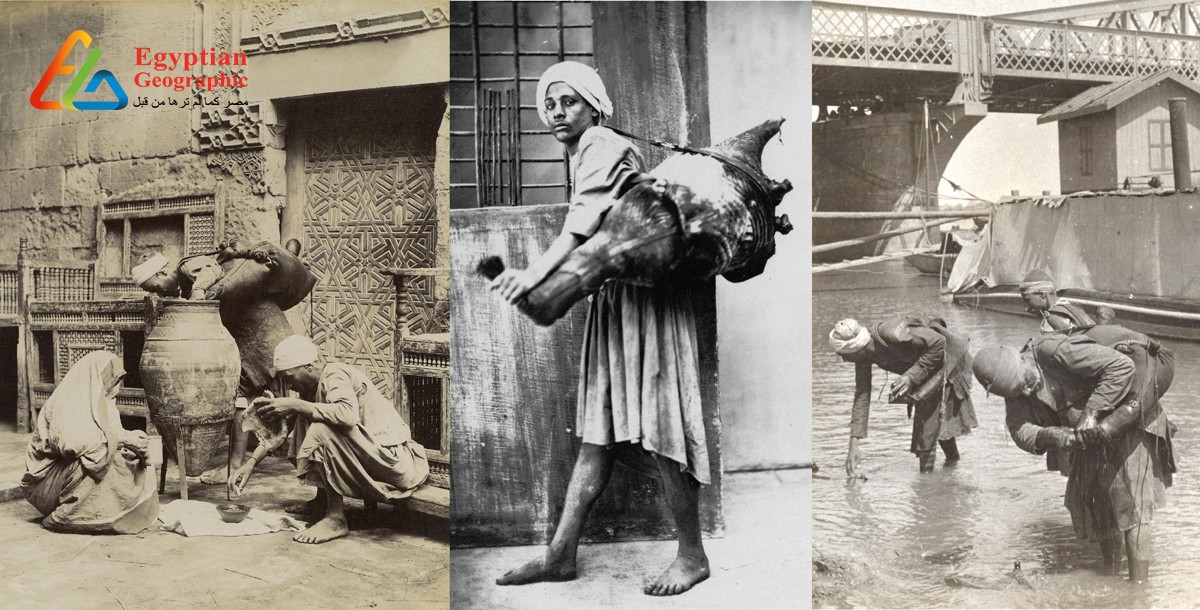
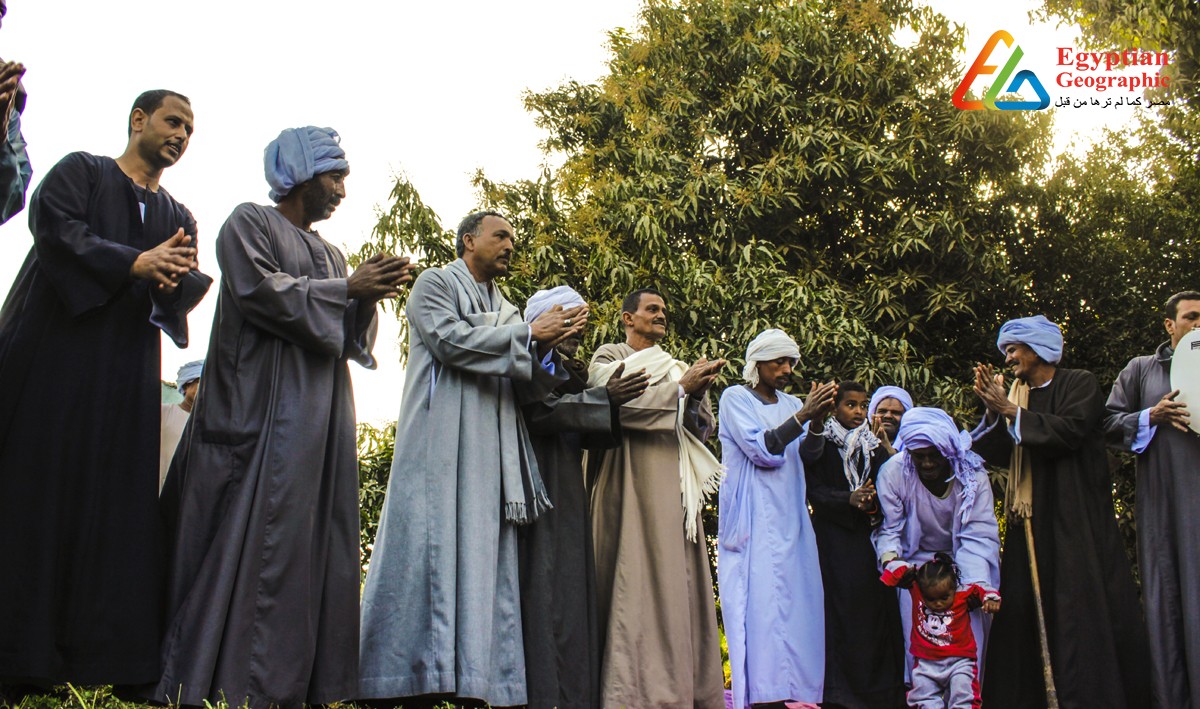

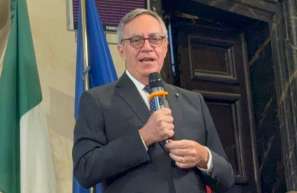










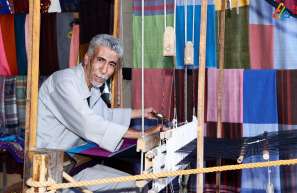
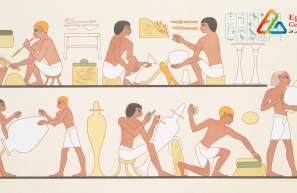
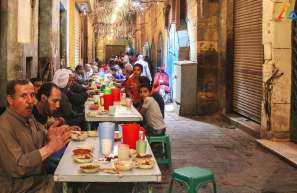











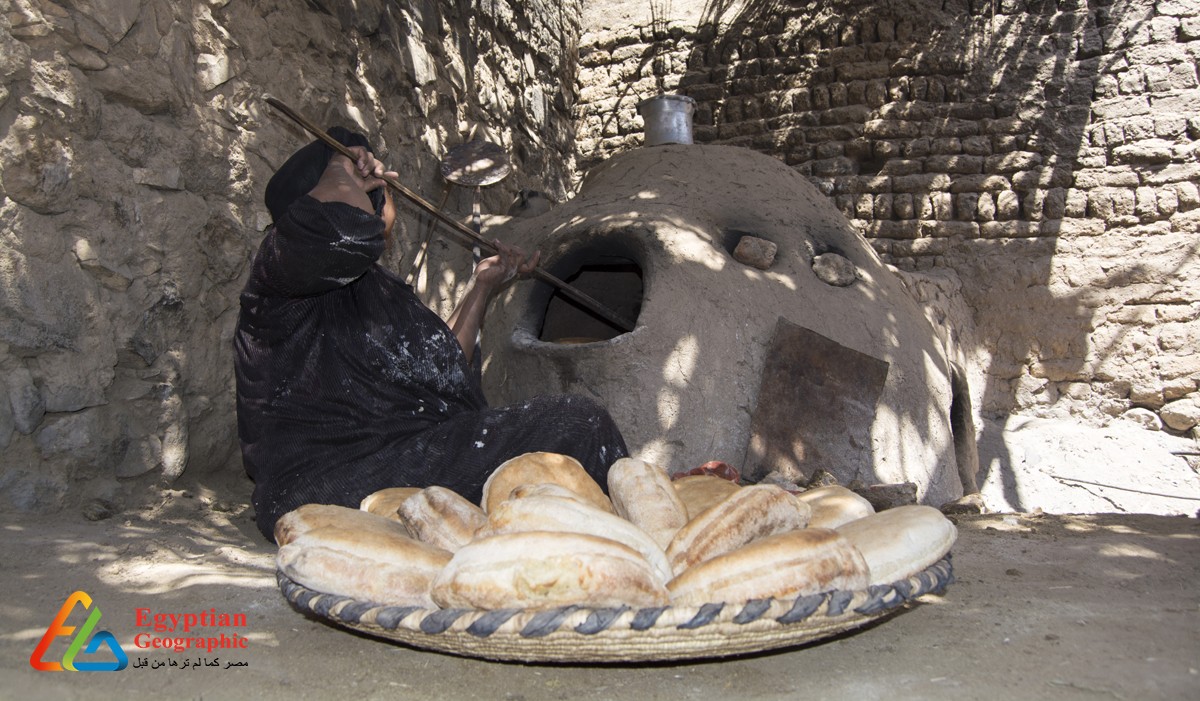
مجلة علمية معرفية وثائقية تتناول الشخصية المصرية